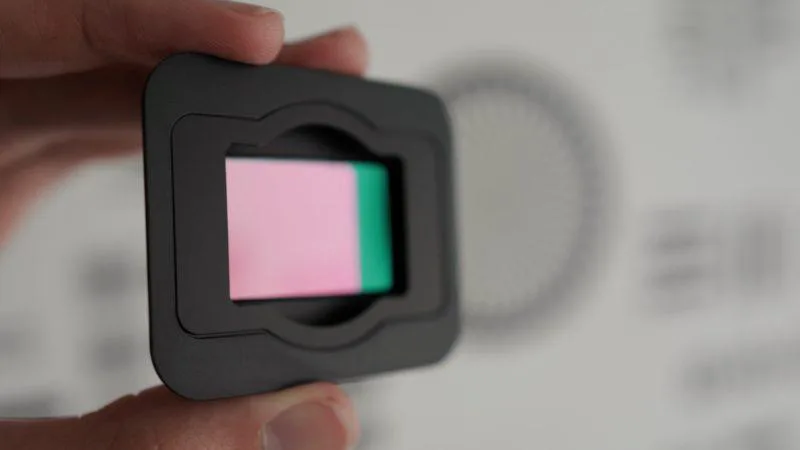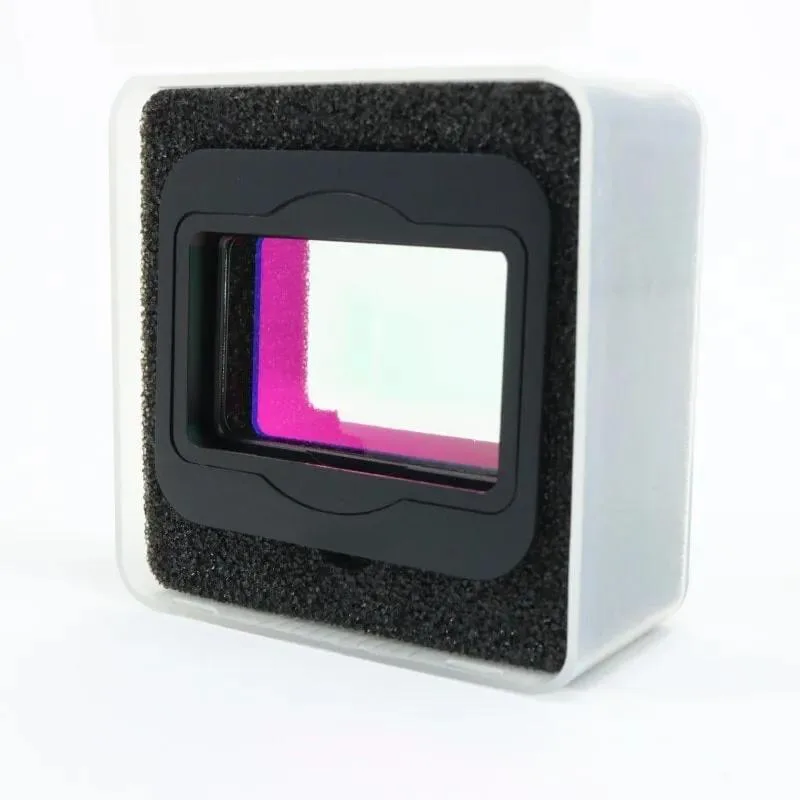Introduction
An optical low pass filter (OLPF) is a vital component found in many digital cameras. It plays a crucial role in ensuring the quality of the photos you capture. Think of it as a guardian that protects your images from unwanted visual disturbances, like moiré patterns and aliasing. This filter works by gently blurring incoming light, which helps prevent these disturbances while preserving overall image sharpness. Whether you’re a photography enthusiast or a professional, understanding the OLPF’s role can empower you to take clearer and more visually appealing photos in various shooting scenarios. Let’s delve deeper into its functions and benefits.

What is an optical low pass filter?
An optical low pass filter, often called an anti-aliasing filter or simply an OLPF, is a critical component in digital cameras. It’s like a guardian that prevents unwanted visual disturbances in your photos.
Imagine your camera as a fine net catching tiny details, but sometimes it can trap unwanted patterns, like moiré or aliasing. That’s where the OLPF steps in.
This filter works by slightly blurring the incoming light before it hits the camera sensor. It’s like putting a gentle fog over the lens, softening the sharpness of the image.
By doing this, the OLPF ensures that fine details, like fabric patterns or fine textures, don’t become jagged lines or weird wavy patterns in your photos.
Without an OLPF, your images might suffer from strange visual artifacts that are difficult to remove during post-processing.
However, in some cases, especially in cameras designed for maximum sharpness, OLPFs are omitted, letting you capture incredibly crisp photos but at the risk of encountering unwanted patterns in certain situations.
How does optical low pass filter work?
An optical low pass filter (OLPF) is a vital part of many digital cameras, working to ensure your photos appear crisp and free from unwanted visual artifacts. Let’s dive into how this filter does its magic:
Filtering Unwanted Patterns: The primary job of an OLPF is to filter out unwanted patterns like moiré and aliasing. These patterns can occur when the fine details in your subject interact with the grid of pixels on your camera’s sensor.
Softening the Image: The optical low pass filter slightly blurs the incoming light before it hits the sensor. This gentle blurring is akin to a soft focus effect, ensuring that the fine details don’t become jagged lines or strange patterns in your photos.
Spatial Frequency Filtering: The OLPF targets specific spatial frequencies, those fine details that can cause visual disturbances. By blurring these frequencies just enough, it prevents the patterns from forming on your images.
Balancing Sharpness: It’s important to note that the OLPF strikes a balance between sharpness and artifact prevention. While it softens the image slightly, it ensures that your photos remain pleasingly sharp overall.
Post-Processing Reduction: Without an OLPF, removing moiré or aliasing in post-processing can be challenging and may result in some loss of image quality. The filter helps reduce the need for such corrections.
Camera Design Variations: Some cameras opt to omit the OLPF for maximum sharpness, especially in high-end models. This decision allows photographers to capture extremely sharp images while being aware of the potential for unwanted patterns in certain situations.
In essence, an optical low pass filter acts as a guardian for your camera, preventing visual disturbances while still capturing the crucial details in your photos. Its role is essential in achieving clear and artifact-free images, making it a valuable component in modern digital photography.
Functions and Benefits of Optical Low Pass Filter
An optical low pass filter (OLPF) is a crucial element in digital cameras, offering several functions and benefits that enhance the quality of your photos. Let’s explore these functions and advantages in detail:
Anti-Aliasing Function: The primary role of an OLPF is to prevent aliasing, which occurs when fine details in your subject interact with the pixel grid on the camera’s sensor. It does this by slightly blurring the incoming light.
Moiré Reduction: Moiré patterns are unwanted, often colorful, wavy patterns that can appear in photos, especially when capturing textiles or fine patterns. The OLPF reduces their occurrence by softening the image.
Artifact Minimization: It minimizes other visual artifacts that can arise from the interaction between the subject’s details and the sensor’s grid, ensuring cleaner, more natural-looking images.
Sharpness Balancing: While the OLPF softens the image slightly to prevent artifacts, it maintains overall sharpness. This balance ensures your photos remain clear and detailed without visual disturbances.
Post-Processing Ease: Without an OLPF, correcting moiré and aliasing in post-processing can be tricky. The filter reduces the need for extensive edits, saving you time and preserving image quality.
Improved Image Quality: By preventing unwanted patterns and artifacts, an OLPF contributes to higher image quality, especially in situations where fine details are prevalent.
Enhanced Lens Performance: OLPFs can help optimize the performance of lenses. They work alongside the lens’s resolution capabilities to deliver sharp and artifact-free images.
Versatility: Cameras with OLPFs are versatile and well-suited for a wide range of photographic scenarios, from landscapes to portraits, ensuring reliable results.
Ideal for Certain Situations: In some high-end cameras, OLPFs are omitted to achieve maximum sharpness, catering to specific photography needs. This choice is ideal when moiré and aliasing are less likely to occur.
Artifact Prevention in Video: OLPFs are beneficial in video recording as well, reducing the occurrence of artifacts in moving images, which can be distracting to viewers.
Consistent Image Quality: The use of OLPFs ensures consistent image quality across various shooting conditions, helping photographers and videographers maintain professional standards.
Protection Against Color Artifacts: In addition to moiré, OLPFs also help prevent color artifacts, such as false colors or rainbow patterns, that can arise in images without adequate filtering.

FAQs
What is an optical low pass filter (OLPF)?
An optical low pass filter, also known as an anti-aliasing filter, is a component found in many digital cameras. Its primary function is to minimize unwanted visual disturbances or artifacts in photographs.
Do all cameras have optical low pass filters?
No, not all cameras come equipped with OLPFs. Some high-end camera models opt to exclude these filters to achieve maximum sharpness.
Can I remove an OLPF from my camera if I want sharper images?
While it is technically possible to remove the OLPF from a camera, it’s a complex and delicate process best left to professional camera technicians.
How can I tell if my camera has an OLPF?
To determine if your camera has an OLPF, you can consult your camera’s user manual or visit the manufacturer’s website for detailed specifications.
